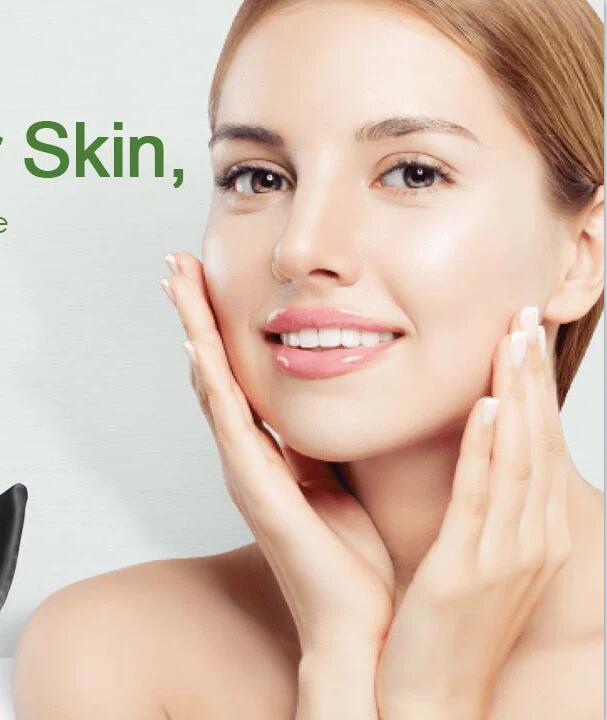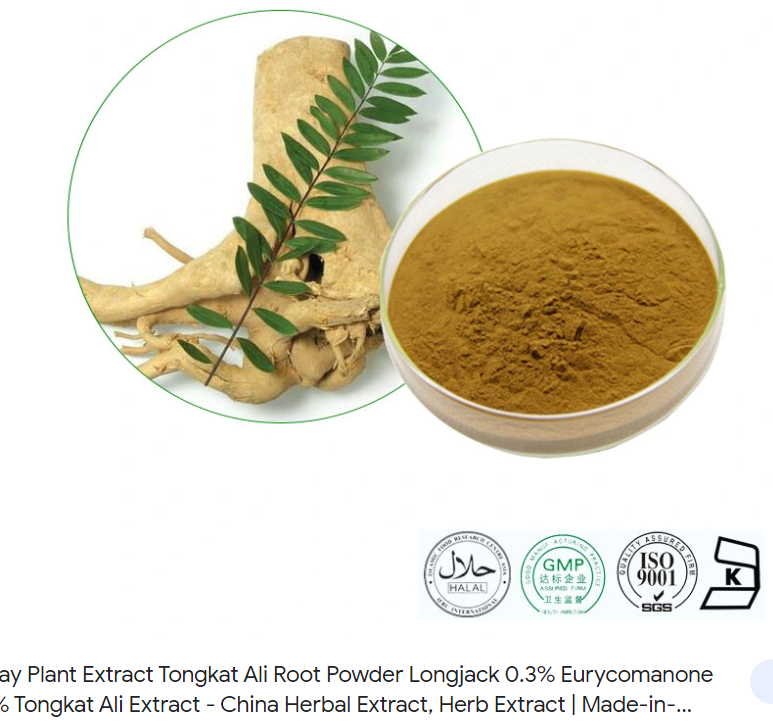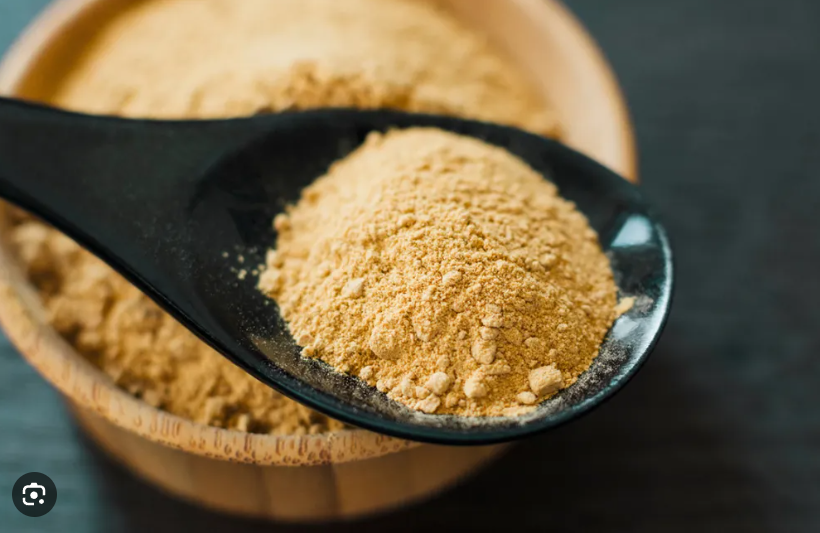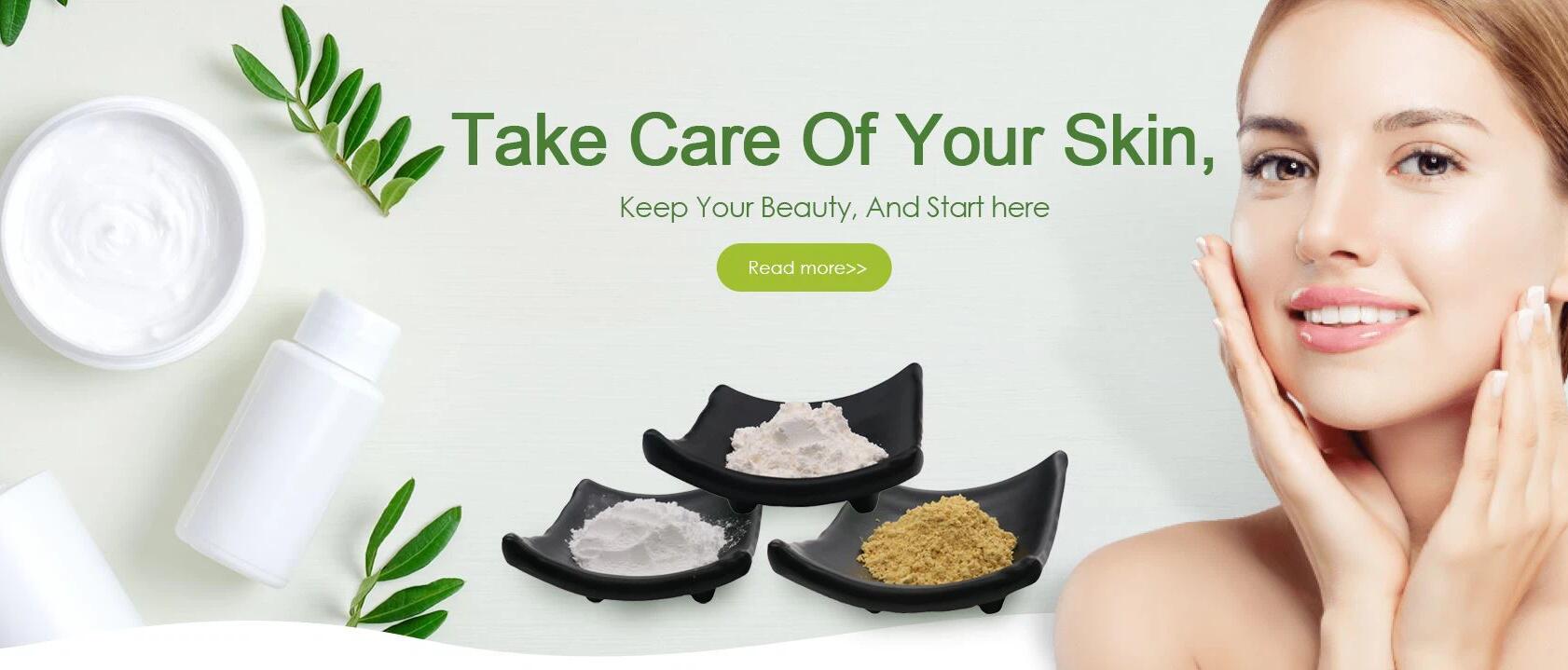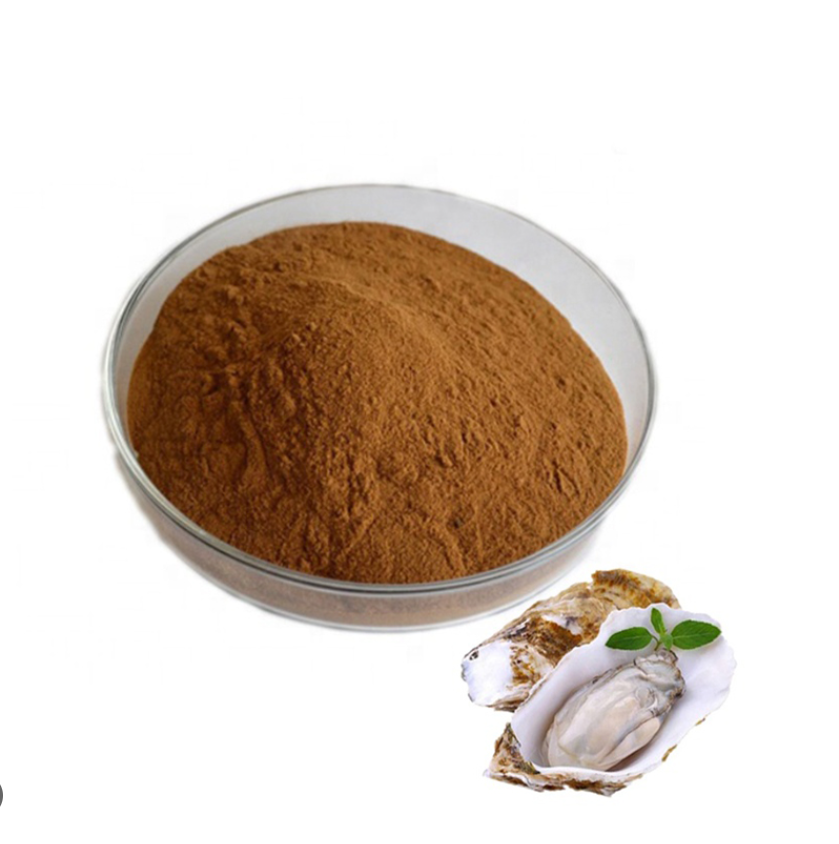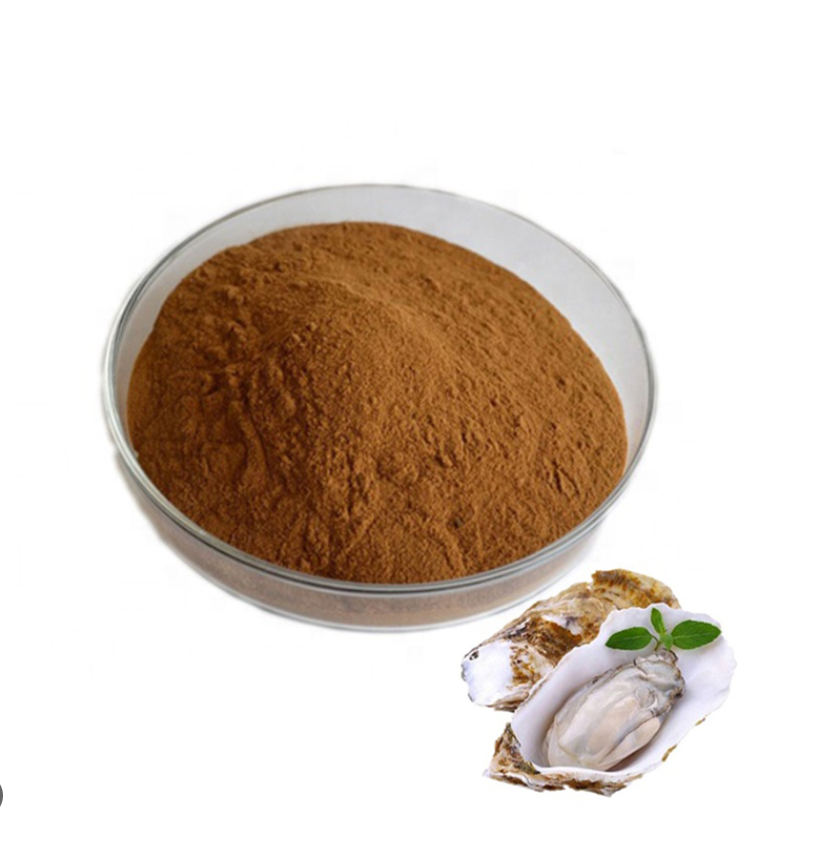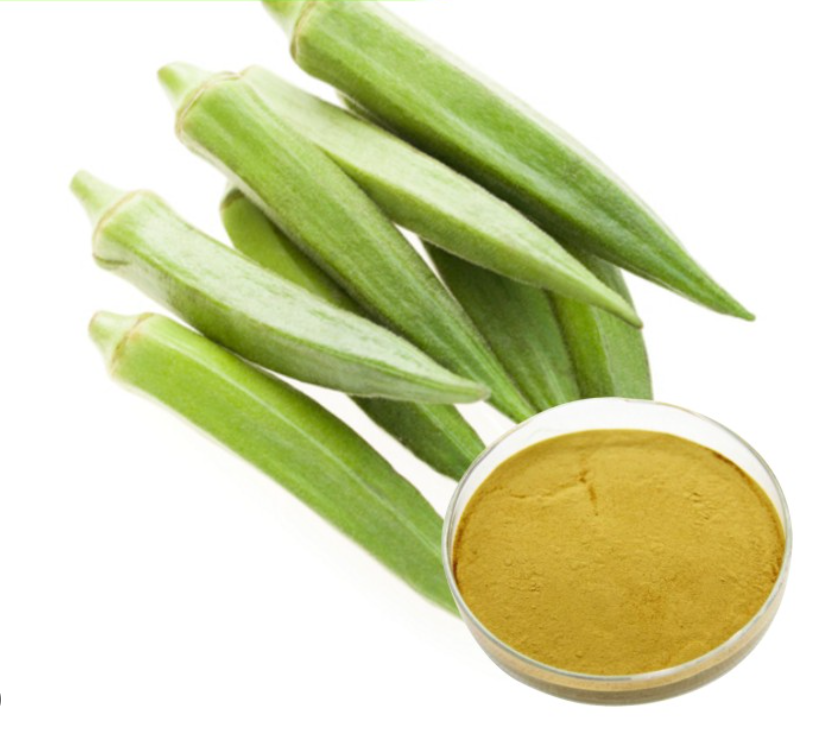a-Arbutin a-Arbutin Whitening skin delay aging skin smooth
CAS No. 84380-01-8;497-76-7
Einecs No.207-850-3
Usage:Cosmetic Raw Materials
Test Method
USP;GMP
Assay:98%Min, 99% HPLC
Shelf Life :48 Months
Certificate:ISO 9001, USP
Grade
Cosmetic/Food/Pharmaceutical Grade
Storage
Cool Dry Area
Molecular Formula
C12h16o7
MW
272.25
Appearance
White Crystaline Powder
Specification
HPLC 99%
Origin
Xi′an, Shaanxi, China (Mainland)
HS Code
29389090
Function:
1. With the function of anti-bactericidal and anti-inflammatory, it can accelerate the concrescence of the wounds.
2. Eliminating waste material from the body and promoting the blood circulation.
3. With the function of whitening and moisturizing skin, especially in treating acne.
4. Relieving the pain and treating hangover, sickness, seasickness.
Introduction of Alpha Arbutin :
Alpha Arbutin is extracted from bearberry. It is a biosynthetic active ingredient that is pure, water-soluble and is manufactured in a powder form. As one of the most advanced skin lightening ingredients on the market, it has been shown to work effectively on all skin types.Alpha Arbutin powder is a new type with an alpha glucoside keys of hydroquinoneglycosidase. As the fade color composition in cosmetics, alpha arbutin can effectively inhibit the activity of tyrosinase in the human body.Arbutin is a very safe skin agent for external use which does not have toxicity, stimulation, unpleasant odor or side effect such as Hydroquinone.
Dr Ian Webster
Dr Ian Webster
KNOWLEDGE BASE / INGREDIENT FOCUS
What is Arbutin?
Arbutin is a naturally occurring derivative of hydroquinone. It is believed to be one of the best alternatives to hydroquinone as it provides the skin-lightening effect of hydroquinone without some of the risks. Arbutin is now found in a variety of skin care products aimed at lightening skin pigmentation and is the key ingredient in the Obagi Nu-Derm & Obagi-C System ranges. Skin lightening is often desired for cosmetic purposes to help fade or lighten hyperpigmentation. Hydroquinone is considered the gold standard in skin lightening agents but as effective as it is, it is potent and it should only ever be used under strict medical supervision.
Where does Arbutin come from?
Arbutin, also known as Alpha-Arbutin occurs naturally in several different plant species. Plants with the highest known concentrations are bearberry and mulberry. It is also found in blueberry, cranberry, wheat, and pear varieties. Bearberry has been used for centuries in Europe and North America as a traditional medicine. Before the discovery of modern antibiotics, bearberry was one of the few known naturally-occurring anti-microbial medicines. The antimicrobial activity is due in part to the presence of Arbutin. Bearberry is traditionally used to treat urinary tract infections. Synthetic forms of Arbutin can be created by chemical synthesis or by an enzyme-catalyzed process. In vitro studies of 7% Arbutin appear to have a stronger inhibitory effect on melanin production.
How Does it Work?
Arbutin is composed of hydroquinone with a sugar group attached. The hydroquinone group allows Arbutin to act as an inhibitor of tyrosinase, a key enzyme involved in melanin (pigment) production. This inhibitory activity is due to the structural similarity of the hydroquinone group to tyrosine, which is the natural substrate for tyrosinase. In addition to its innate inhibitory effect, Arbutin may also act as a reservoir that slowly releases hydroquinone. Once absorbed into the skin, enzymes within the body can cleave off the sugar group from Arbutin, releasing hydroquinone. This acts like a built-in safety valve, preventing the skin from being exposed to too much hydroquinone at once.
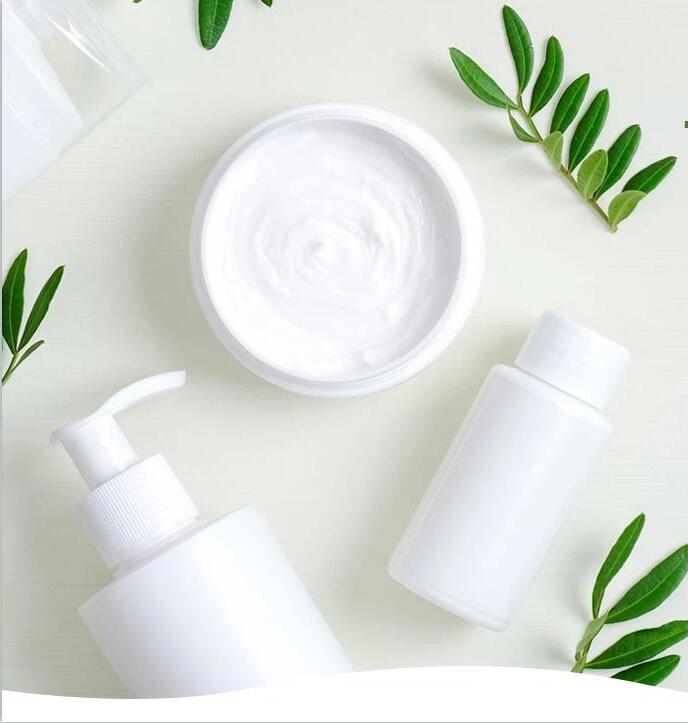
How Effective is It?
Researchers have been studying Arbutin’s ability to inhibit tyrosinase in skin cells, since the 1990s. There is promising scientific evidence to suggest Arbutin is effective as a skin lightening agent, particularly with regards to the synthetic forms, A-Arbutin and deoxyarbutin. However, most of this evidence is from animal studies or in vitro studies on cultured human skin cells.
We encourage you to read the Clinical Studies on Arbutin here.
What can Arbutin Treat?
Hyperpigmentation
Lentigines
Melasma and Chloasma
Freckles
Are there any Side Effects?
It is argued that naturally-sourced Arbutin does not have side effects and safety issues for the user as it is naturally sourced. If the compound is sourced from synthetic sources such as hydroquinone, it is said to be unsafe for topical use on the skin. However, in alkaline conditions, Arbutin converts into hydroquinone, which means that it becomes unsafe in some circumstances. The skin does not have an alkaline environment, that is why Arbutin does not hydrolyze into hydroquinone. So, is Alpha Arbutin safe? Yes, but not hydroquinone.
Why do Obagi Clear fx, Obagi Blend fx & Obagi-C System products use Arbutin?
1. It is a topical non-prescription treatment that does not contain hydroquinone.
2. It is an effective skin brightening alternative when compared to hydroquinone based skin brightening formulas.
3. This skin brightening cream is specially formulated with anti-oxidants and Arbutin that make the skin even and improve the skin tone.
4. It works for skins with hyperpigmentation, brown marks and those with sun-damage concerns on the skin.
5. It makes the skin clear and radiant.
6. It is an Arbutin-enriched formulation that provides a natural-looking, youthful glow to all skin types.
7. Arbutin, a natural botanical extract derived from plants such as bearberry, pear, and pomegranate, naturally possesses skin-brightening property.
8. It visibly reduces the signs of premature ageing, acne flares, and further photo-damage.
9. The best hydroquinone alternatives used in this product include antioxidants and Arbutin.






